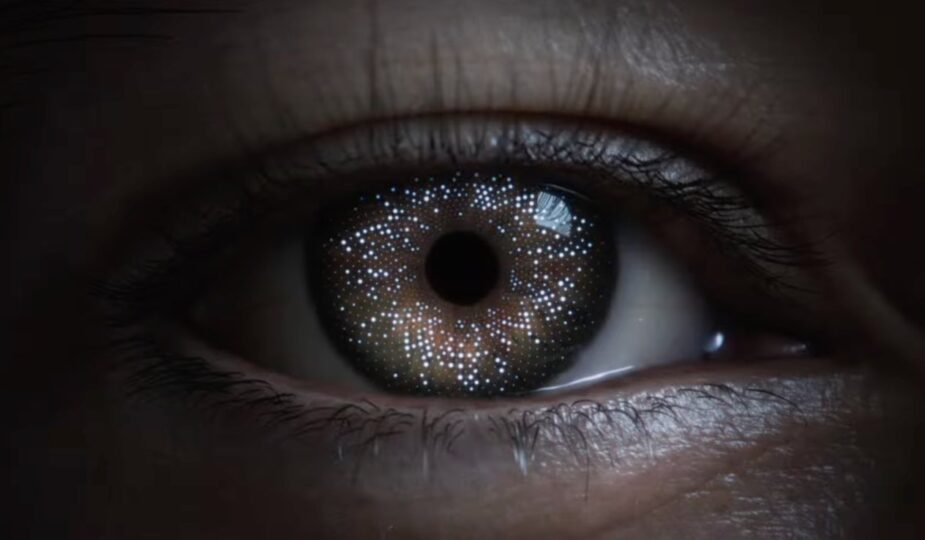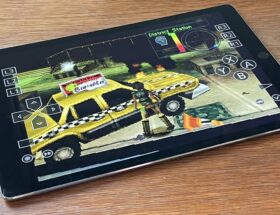Apple image representing Optic ID
 0 Facebook x .com Reddit
0 Facebook x .com Reddit
Apple Vision Pro uses Optic ID as biometric authentication for payments and some actions VisionOS. Here's how it works and how to use it.
Apple's biometric security processes have evolved over the years, from Touch ID to Face ID on the iPhone. Apple Vision Pro introduces Optic ID, the third new biometric authentication system built specifically for its headset.
That's everything you need to know to get started with Apple's latest security feature.
What is Optic ID?
In short, instead of using fingerprints or A 3D map of your face, Optic ID uses your eyes. More precisely, it checks the iris of the eye because, like a fingerprint, it is a unique feature that varies from person to person.
Apple's Vision Pro is equipped with a series of LEDs and infrared cameras that it uses for eye tracking, which is a core part of how users actually use VisionOS, its operating system. The same sensors that are used for eye tracking are also used to test the user's eyes.
In Apple's description of the system, “spatiotemporally modulated eye-safe near-infrared light” illuminates the eyes while cameras capture images of the iris. In particular, it looks at the detailed structure of the iris in the near-infrared region, as it reveals “entirely unique patterns independent of iris pigmentation.”
Eye tracking sensors inside Apple Vision Pro [Apple]
The data is then stored in the Secure Enclave, the secure part of Apple Vision Pro. The Neural Engine portion of the M2 chip, protected in the Secure Enclave, then processes the image data, turning it into a mathematical representation.
This is similar to how Face ID's depth mapping data is processed.
Data in Secure Enclave is encrypted, never leaves Apple Vision Pro, is not transferred to applications, and is only accessible by the Secure Enclave processor.
When you need to authenticate using Optic ID in the future, a similar process is performed to collect iris data, but it is then compared to a stored mathematical representation. If it matches, Optic ID gives a full wipe and any task in progress can continue.
To further improve Optic ID, it automatically updates the registered template using the newly scanned and verified data. This allows Optic ID to improve performance in a variety of changing lighting conditions.
Apple also developed Optic ID to work with prescription soft contact lenses, as well as ZEISS optical inserts for glasses wearers.
Apple says the chance of a false positive is less than 1 in a million if the headset is used by a random person rather than the owner. However, the chances are reduced if only one eye is registered with Optic ID as part of its availability options.
For added security, Apple also limits Optic ID to a maximum of five failed matching attempts before requiring a password. There are other cases where you may need to enter a password to continue, including the following:
- Apple Vision Pro has just turned on.
- Apple Vision Pro has not been unlocked. more than 48 hours.
- The password has not been used to unlock Apple Vision Pro in the last 6.5 days, and Optic ID has not been used in the last four hours.
How to set up Optic ID in Apple Vision Pro
- Open Settings and select Optic ID & Passcode
- Select Set up Optic ID and follow the onscreen instructions.
- If a password has not yet been set, you will be prompted to create one.
If you have ZEISS optical inserts, you can set up Optic ID with or without inserts already paired. If you complete the process without the inserts, you can repeat the same process with them later.
Zeiss Optical Inserts for Apple Vision Pro [Apple]
As an option, you can enable Nearby iPhone Enables Optic ID to use it when you turn on or restarting Apple Vision Pro. This requires an iPhone to be nearby, running iOS 17.1 or later, and using the same Apple ID, with Optic ID enabled if it's nearby and unlocked within the last hour.
How to enable Optic ID on iPhone Nearby
- On your Apple Vision Pro headset, select Settings, then Optic ID & Access code
- In the iPhone nearby includes Optic ID section, select the desired iPhone.
How to reset Optic ID on Apple Vision Pro
- Open Settings.
- Select Optics ID & Access codeand enter access code.
- Select Reset Optics ID.
- If you are using ZEISS optical inserts, select Reset Optical ID for [Insert Name] for a specific insert, or select All Optical Inserts for a complete clear. li>
Optic ID accessibility
Users with one dominant eye that they rely on can still use eye tracking, but only that eye will be used with Optic ID.
This can be adjusted by going to Settings, then Accessibility, and then Eye Typing. Options allow you to use both eyes or either eye.
Blind and low vision users will still be able to use Optic ID. Apple says they can complete registration by focusing your gaze forward at the center of the screen during setup.
Using Optic ID to Authenticate in Apple Vision Pro
Optic ID will be used in VisionOS in many situations where you will use Face ID or Touch ID on your iPhone, usually when you are asked to enter a passcode or password. The list includes, but is not limited to:
- Unlocking Apple Vision Pro.
- Purchases.
- Signing into apps.
- Autofill passwords in Safari.
You must ensure that the option to use Optic ID is enabled for these purposes, otherwise you will be prompted to enter passwords and access codes. All of them are located in the settings, in the Optic ID & Access code:
- For payments, you can turn on the Wallet & Apple Pay
- To fill in passwords, enable Autofill passwords.
- Login to the application is located in the Other applications section. This setting also lets you control which apps can use Optic ID to sign in and which can't.
If you're using iPad apps on Apple Vision Pro, they may ask you to sign in. system using Face ID. Optic ID will also work in place.
Troubleshooting Optic ID
If Optic ID is not working reliably, there are several options that you can try to solve the problem.
First, make sure Apple Vision Pro is installed correctly and there are no obstructions between the sensors and your eyes. Light leaks around the edges of Light Seal can cause problems.
Eyelashes can also be an obstacle. If they're long enough to hit displays or otherwise interfere with Optic ID, Apple suggests a different size Light Seal might work.
Rigid contact lens wearers are warned that their experience “may be affected” as the system supports soft lenses. Cosmetic contact lenses can also cause similar problems.
According to Apple, you should use supported accessories and accessories, such as ZEISS optical inserts.
Apple also suggests cleaning displays and inserts, and possibly resetting insert pairing.
Finally, before contacting Apple Support, Apple suggests that users perform a final hard reset of Optic ID and go through the setup process again.










